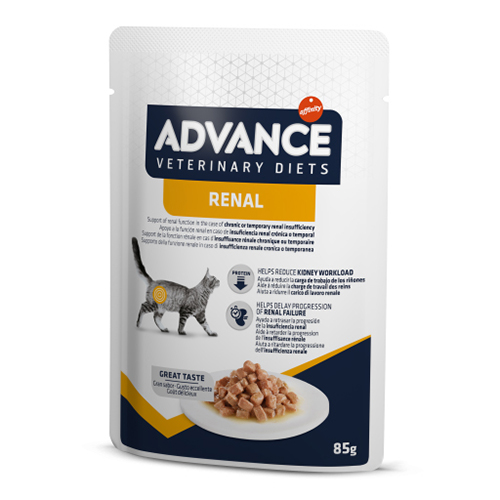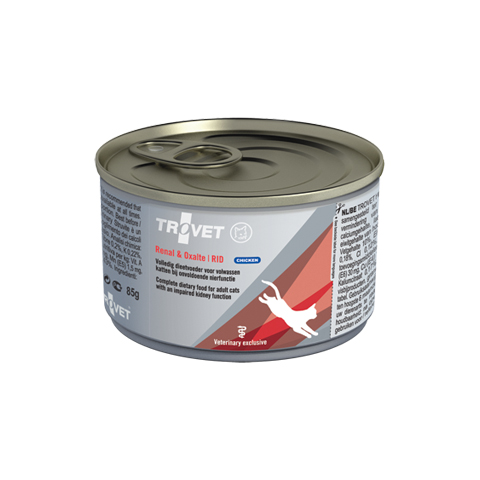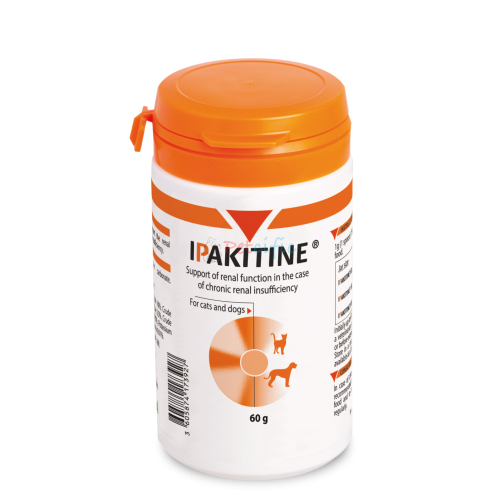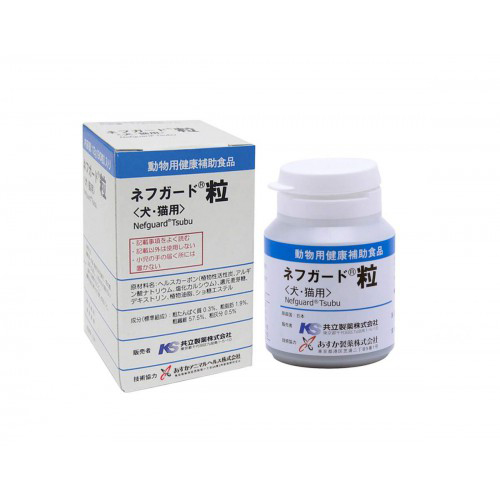Treat Blood Urine in Cats
02 Jul


In cats, it is common to find blood in the urine, and it is important to identify the source of this issue. Unfortunately, some vets may be unwilling to look into this further and provide an appropriate solution. Here we provide some useful tips on resolving this problem.
What is the difference between crystals and bladder stones?
Crystals are the building blocks of bladder stones. Crystals and stones can vary in composition based on multiple factors, including urine acidity, urine concentration, genetic predisposition, dietary habits, and underlying health conditions. Additionally, it is possible for a stone to consist of a combination of different types of crystals or stones.
Why is it important to resolve this issue?
Urinary crystals, although tiny, do not typically cause discomfort unless they aggregate to form larger stones within the urinary tract. When there are stones large enough to obstruct or impede the normal flow of urine from the kidneys, it can result in symptoms of kidney disease. In more severe cases, a complete blockage of urinary flow is considered a critical and potentially life-threatening situation that requires immediate attention.
What should you do if you notice blood in your cat's urine?
When your cat shows signs of urinary issues, the veterinarian will initially conduct a urinalysis to determine the underlying cause.
It is important to check the PH level of cat urine before determining the appropriate treatment. This is because the treatment approach may vary depending on whether the PH level is acidic or alkaline. It is recommended to maintain urine pH of adult cats between 6.0 and 6.4. It is important to ensure that your cat drinks enough water if there is a urine problem.
The following are common urinalysis results:
Bacteria Infection
Once bacteria find their way into the bladder, they can multiply and cause an infection.
In this situation, a veterinarian would prescribe an antibiotic treatment which should help resolve the issue.
Daily Care (for a cat with urine pH greater than 7): Add half a teaspoon of apple cider vinegar to your cat's food each day. Apple cider vinegar can be used to lower the pH in your cat's urine and help maintain it, which works to get rid of bacteria.
If there is no bacterial infection and the urine pH is greater than 7, it indicates a higher chance of Struvite stone formation.
Struvite: Struvite stones may form in urine that is excessively alkaline.
You can try give your cat cranberry or blueberry those type of urinary supplements. Or Add half a teaspoon of apple cider vinegar to your cat's food each day. Apple cider vinegar can be used to lower the pH in your cat's urine and help maintain it, which works to get rid of bacteria.
If there is no bacterial infection and the urine pH is lower than 6, it indicates a higher chance of Calcium Oxalate stone formation.
Calcium Oxalate: Calcium oxalate stones can form in urine that is excessively acidic. They may be seen in cats with elevated blood and urine calcium levels secondary to a condition called idiopathic hypercalcemia or in cats with chronic kidney disease. They are also commonly found in middle-aged, older, neutered, male cats.
Some cat food is designed to reduce the formation of calcium oxalate. Here are some examples of renal cat food that can help prevent calcium oxalate:
The first choice for a cat with CKD would be Advance Renal Cat Food and ProPlan NF Kidney Function Advanced Care.


The second choice would be Trovet Renal & Oxalate Cat Food DRY/WET because it has a slightly higher phosphorus content compared to Advance and ProPlan.



If you are feeding other types of food or homemade meals, you can try increasing the following minerals to raise the pH levels. However, before doing so, please ensure to conduct a blood test to determine your cat’s current mineral levels, since high levels of the following minerals can be very dangerous and could seriously harm your cat's health, it is crucial to monitor the blood test after 2 weeks of administering the supplement.
Calcium: Calcium has the ability to increase urine pH. Include the right amount of calcium in your cat’s diet. A low calcium level in the intestine enhanced the uptake of oxalate, leading to hyperoxaluria and calcium oxalate stone formation.
Potassium: Potassium citrate has the ability to increase urine pH and bind calcium, which can help reduce the formation of calcium oxalate in urine.
B6 with magnesium: Can inhibit oxalate stone formation. Both magnesium and vitamin B6 are used by the body to convert oxalate into other substances.
Following are recommended supplements contain calcium, which is also beneficial for cats with chronic kidney disease (CKD):
Ipakitine: phosphate binding agents and lower the absorption of phosphates from the intestines.

Kyoritsu Seiyaku Nefguard: Binds to UREA and other toxins, reducing the number of waste products that filter through your kidneys.



14 Comment(s)
I will immediately clutch your rss as I can not find your email subscription hyperlink or e-newsletter service. Do you have any? Kindly permit me realize in order that I may just subscribe. Thanks.
These are in fact great ideas in regarding blogging. You have touched some pleasant factors here. Any way keep up wrinting.
Hi, i think that i saw you visited my blog so i came to “return the favor”.I’m trying to find things to improve my site!I suppose its ok to use a few of your ideas!
This is a topic which is near to my heart... Thank you! Exactly where are your contact details though?
Ahaa, its pleasant discussion about this post here at this web site, I have read all that, so at this time me also commenting here.
Ahaa, its nice dialogue about this paragraph here at this blog, I have read all that, so at this time me also commenting at this place.
I simply couldn't depart your web site prior to suggesting that I actually loved the standard info an individual supply on your guests? Is going to be again steadily to check out new posts
I like what you guys are up too. This type of clever work and reporting! Keep up the amazing works guys I've added you guys to my blogroll.
I am sure this post has touched all the internet viewers, its really really nice post on building up new website.
Wow, this post is nice, my sister is analyzing such things, thus I am going to convey her.
I am sure this piece of writing has touched all the internet visitors, its really really fastidious post on building up new website.
You have made some good points there. I checked on the internet for additional information about the issue and found most individuals will go along with your views on this website.
Ahaa, its nice discussion on the topic of this post here at this blog, I have read all that, so now me also commenting at this place.
I will immediately seize your rss feed as I can not to find your e-mail subscription link or newsletter service. Do you’ve any? Please let me understand so that I could subscribe. Thanks.
Leave a Comment